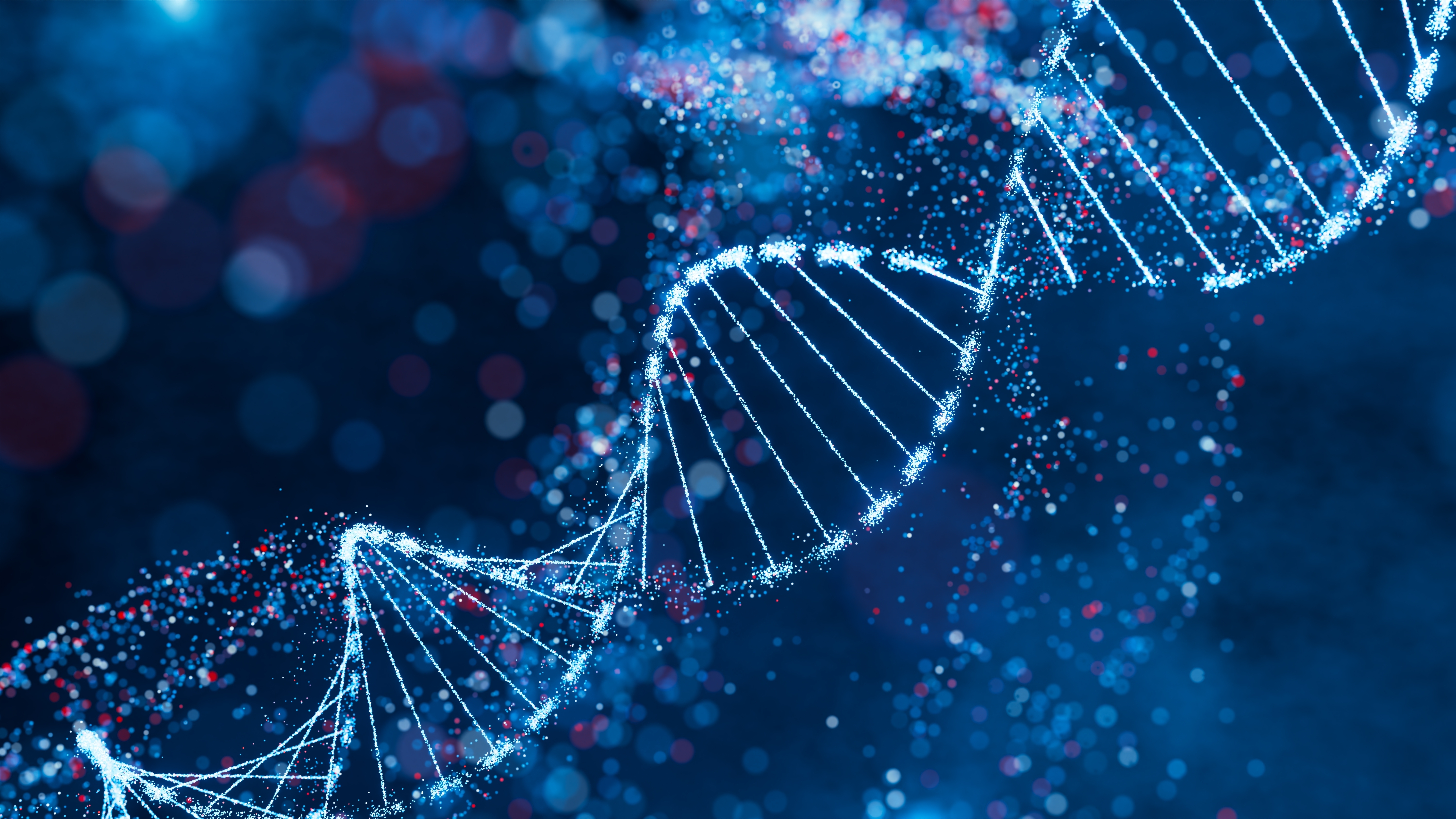
According to NC State University News, North Carolina State University (NC State) and Johns Hopkins University researchers have published a paper detailing using DNA to store data and solve simple problems. Their research, called ‘A primordial DNA store and compute engine,’ showed that they could store a significant amount of data that requires several hundred or even thousands of SSDs today in an area no larger than a fingernail.
“You could put a thousand laptops’ worth of data into DNA-based storage that’s the same size as a pencil eraser,” says project lead Albert Keung to NC State University News. However, aside from storing data, the team has also proven that their DNA technology could be used to solve simple sudoku and 3 x 3 chess problems.
What’s interesting about this project is that the team did not just create DNA strands to theoretically store data. Instead, they created a complete computer system using organic materials, data storage and processing, and all the required underlying parts.
“You could say that Keung’s team is providing the equivalent of microcircuits, and the dendricolloidal material that my team creates provides the circuit boards,” Orlin Velev, one of the co-authors of the research, told NC State University News. They also collaborated with Adriana San Miguel of North Carolina State University to incorporate the DNA that stores the data and its dendricolloidal base to direct the flow of nucleic acids and reagents, which is similar to how data is moved in current electronic computers (by using the flow of electrons).
To read the stored DNA information, the team must first copy it to an RNA strand. From there, Winston Timp and their team from Johns Hopkins created a technique to read the nucleic acid sequences using nanopore sequencing. Then, an algorithm developed by James Tuck’s lab, also based in NC State, would convert the nucleic acid sequences into the data we’re familiar with and vice-versa while correcting errors.
This massive collaboration has allowed NC State and Johns Hopkins teams to create the first DNA computer that can store, move, read, erase, rewrite, and reload data files. It can also do some simple computations, and, most importantly, it’s programmable and repeatable.
The ‘primordial DNA store and compute engine’ isn’t the first time engineers and scientists have attempted to use organic matter to create a computer. A research team is already planning to build a DNA-micro factory for data archives and you can even rent a human brain organoid for $500 a month for research. However, this project is the first to implement storage and computing in one organic solution successfully.
Advancements like these were previously the domain of science fiction. But as humanity’s data storage and computing demands grow exponentially year after year, these are slowly turning from a scientist’s dream into a growing need, especially as our latest data processors consume more power. Organic computers like this could potentially make computing far more efficient and sustainable, helping us avoid a future where the face of the planet is covered by data centers and the electrical generation plants that power them.







